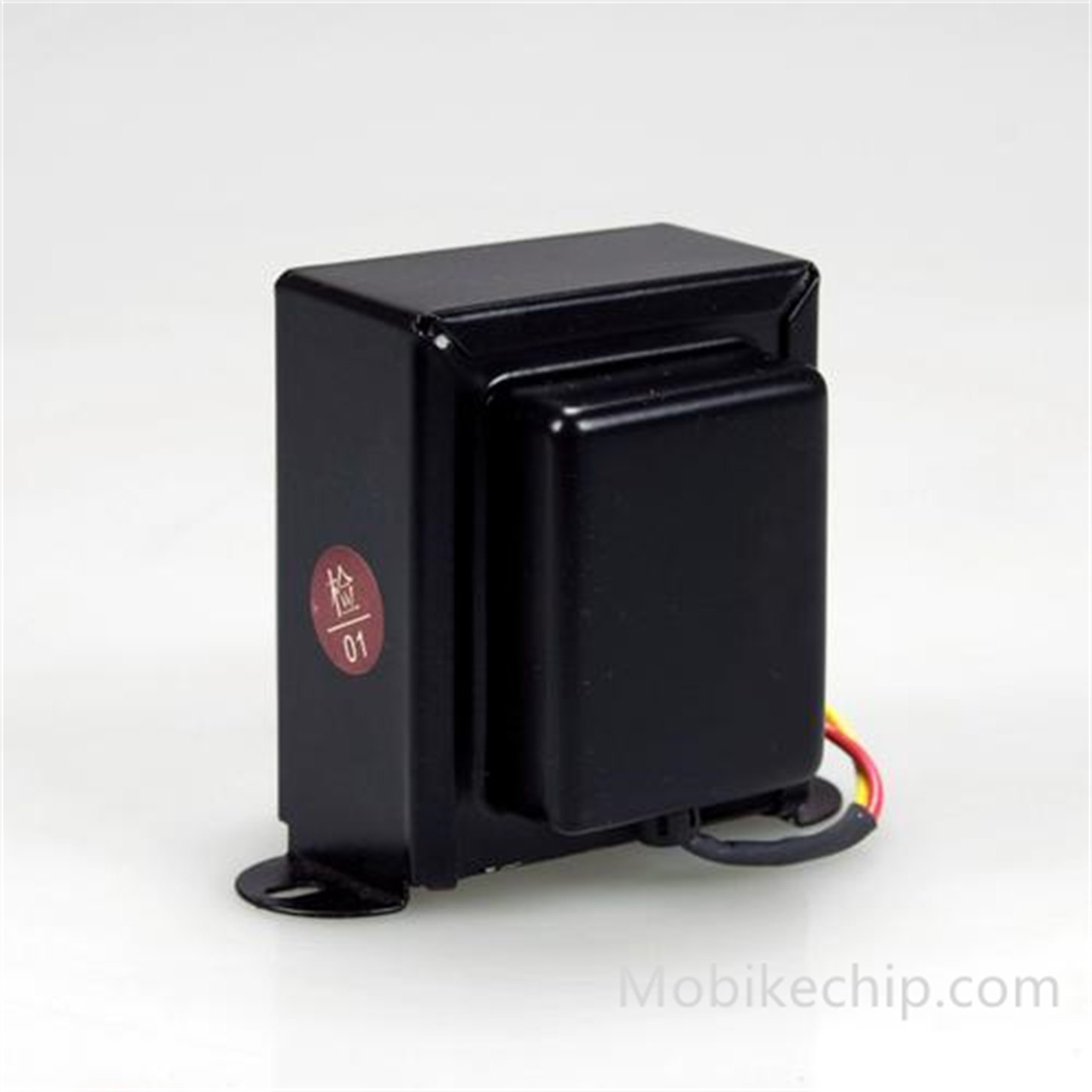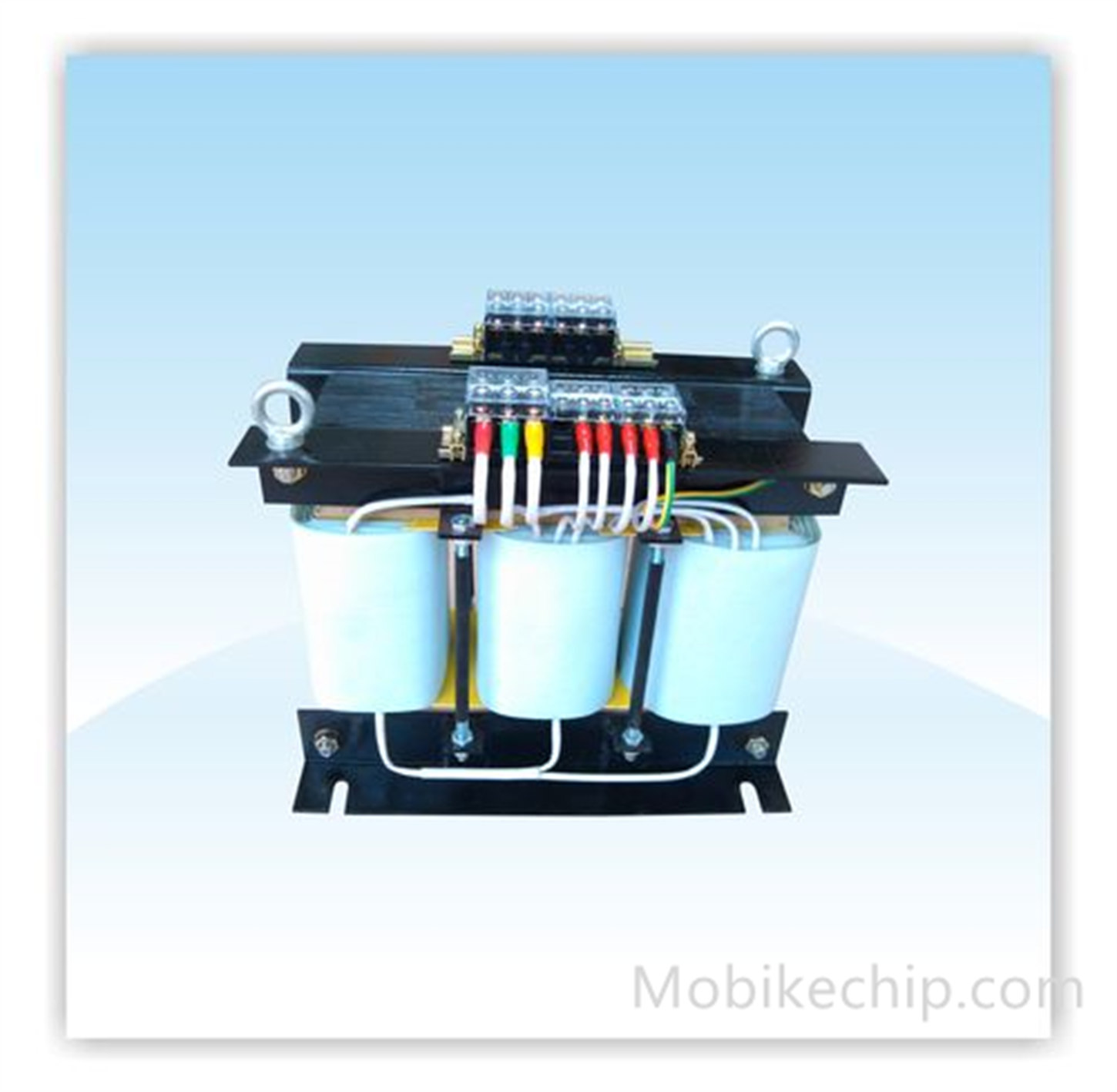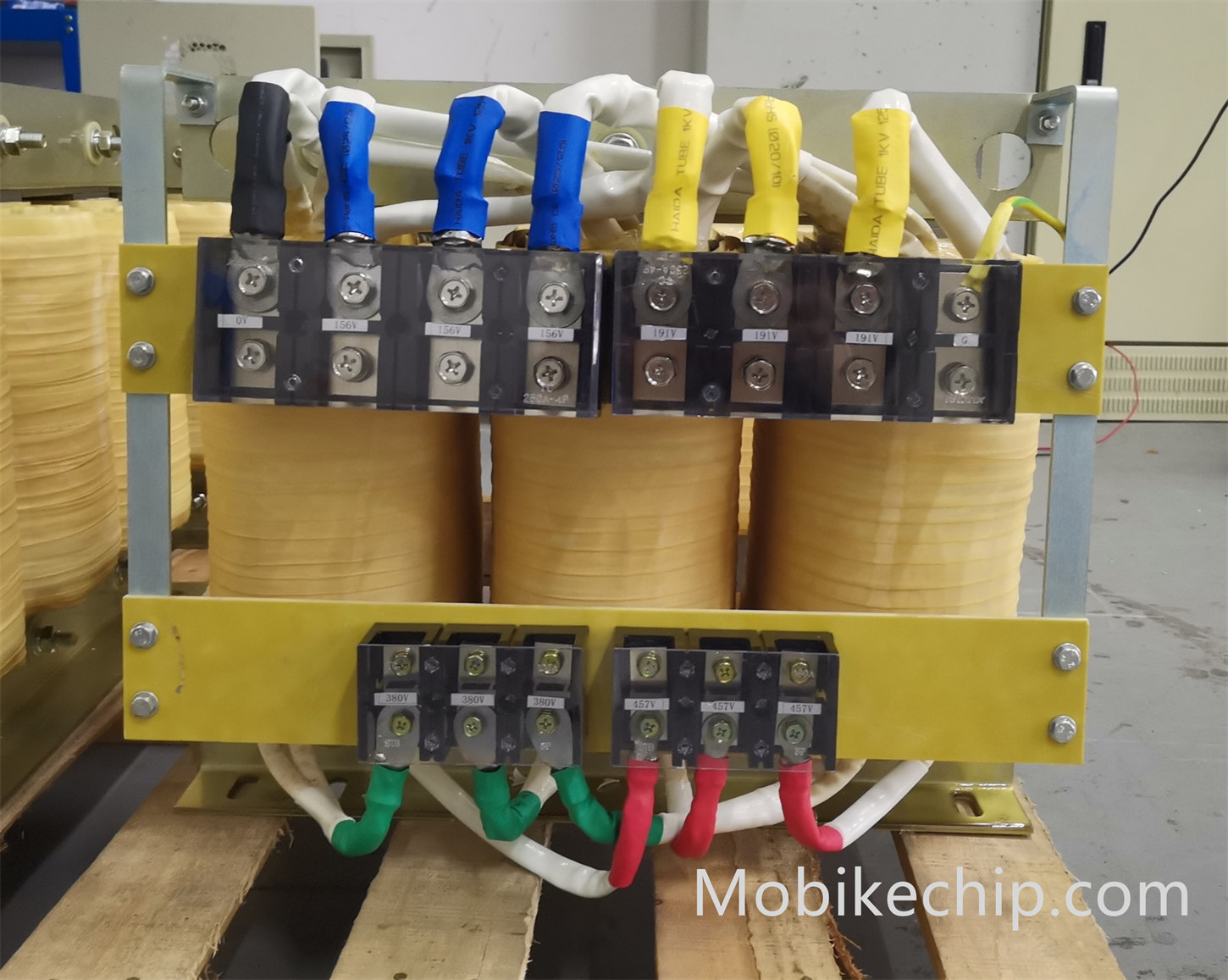Isolation transformer working principle
Isolation transformers play an extremely important role in modern electrical systems, and their principle of operation is rich in electromagnetic knowledge. Today, MobikeChip will provide you with an in-depth analysis of the working principle of the isolation transformer.
The basis of electromagnetic induction
Isolation transformer work is based on the basic physical principles of electromagnetic induction. When the AC current through the primary winding, according to Ampere's law, will produce an alternating magnetic field around the primary winding. This magnetic field is not static, but with the change of current in the size and direction of the alternating change. The frequency of the change is the same as the frequency of the input AC current. For example, if you connect to the mains at 50Hz, the frequency of the alternating magnetic field is also 50Hz.
According to Faraday's Law of Electromagnetic Induction, the changing magnetic field excites an induced electromotive force in the space around it. For isolation transformers, this alternating magnetic field passes through the secondary winding and generates an induced electromotive force in the secondary winding. This is the isolation transformer to realize the key first step in the transmission and conversion of electrical energy.
The key role of the winding
(A) primary winding
Primary winding is the isolation transformer into the power supply part. When the AC power supply into the primary winding, the current through the winding, as mentioned above to produce alternating magnetic field. Parameters such as the number of turns of the primary winding, the wire diameter, and the way the winding is wound all have an effect on the performance of the transformer. The number of turns determines the inductance of the primary winding, and the wire diameter affects the amount of current the winding can carry. Reasonable design of the parameters of the primary winding is to ensure that the isolation transformer is the basis of efficient work.
(B) secondary winding
Secondary winding in the role of alternating magnetic field produces induced electromotive force. The size of the induced electromotive force is proportional to the rate of change of magnetic flux through the secondary winding. When the secondary winding is connected to the load to form a closed loop, a current will pass through it, thus realizing the transmission of electrical energy from the primary side to the secondary side. Similarly, the design of the number of turns of the secondary winding is crucial, and its ratio to the number of turns of the primary winding determines the proportionality of the output voltage to the input voltage. For example, if the number of turns in the primary winding is twice the number of turns in the secondary winding, the output voltage of the secondary winding will be half of the input voltage of the primary winding according to the transformer transformation ratio formula.
The important influence of the iron core
Iron core is an important part of the isolation transformer, usually made of high permeability silicon steel sheet stacked. The main role of the core is to provide a low reluctance path for the magnetic field, greatly enhancing the coupling effect between the magnetic field generated by the primary winding and the secondary winding.
Due to the good magnetic conductivity of the silicon steel sheet, the alternating magnetic field can be more easily transferred to the secondary winding through the iron core, reducing the loss of magnetic field in the air. At the same time, the hysteresis loss and eddy current loss of the iron core are relatively small, which enables the isolation transformer to maintain high efficiency during operation. If there is no iron core, the diffusion of the magnetic field in the air will lead to a large amount of energy dissipation, and the performance of the isolation transformer will be greatly reduced.
The realization of electrical isolation
Isolation transformer is able to achieve electrical isolation, the key is that there is no direct electrical connection between the primary and secondary windings, only through the magnetic field for coupling. This means that the primary side and the secondary side of the circuit is electrically completely independent.
Even if there are faults in the circuit on the primary side, such as short-circuits, over-voltages and other abnormalities, these problems will not be transmitted directly to the secondary side due to the lack of a direct electrical path. For example, in industrial production, if a short-circuit fault occurs in the strong electrical equipment on the primary side, the isolation transformer can prevent the fault current from flowing into the weak control system on the secondary side, which protects the weak equipment, ensures that the control system can operate normally, and avoids the paralysis of the whole electrical system triggered by the fault on the primary side.
At MobikeChip, we study the working principle of all kinds of electronic components in depth, and are committed to providing you with professional knowledge and high quality isolation transformer products. Understanding the working principle of isolation transformers will help you make more scientific decisions in electrical system design and equipment maintenance.
If you have any questions about isolation transformer selection, application or other related aspects, please feel free to visit MobikeChip website, our professional team will be happy to serve you.
Category page: https://www.mobikechip.com/static-product-list-detail/10981.html



Comments
Post a Comment